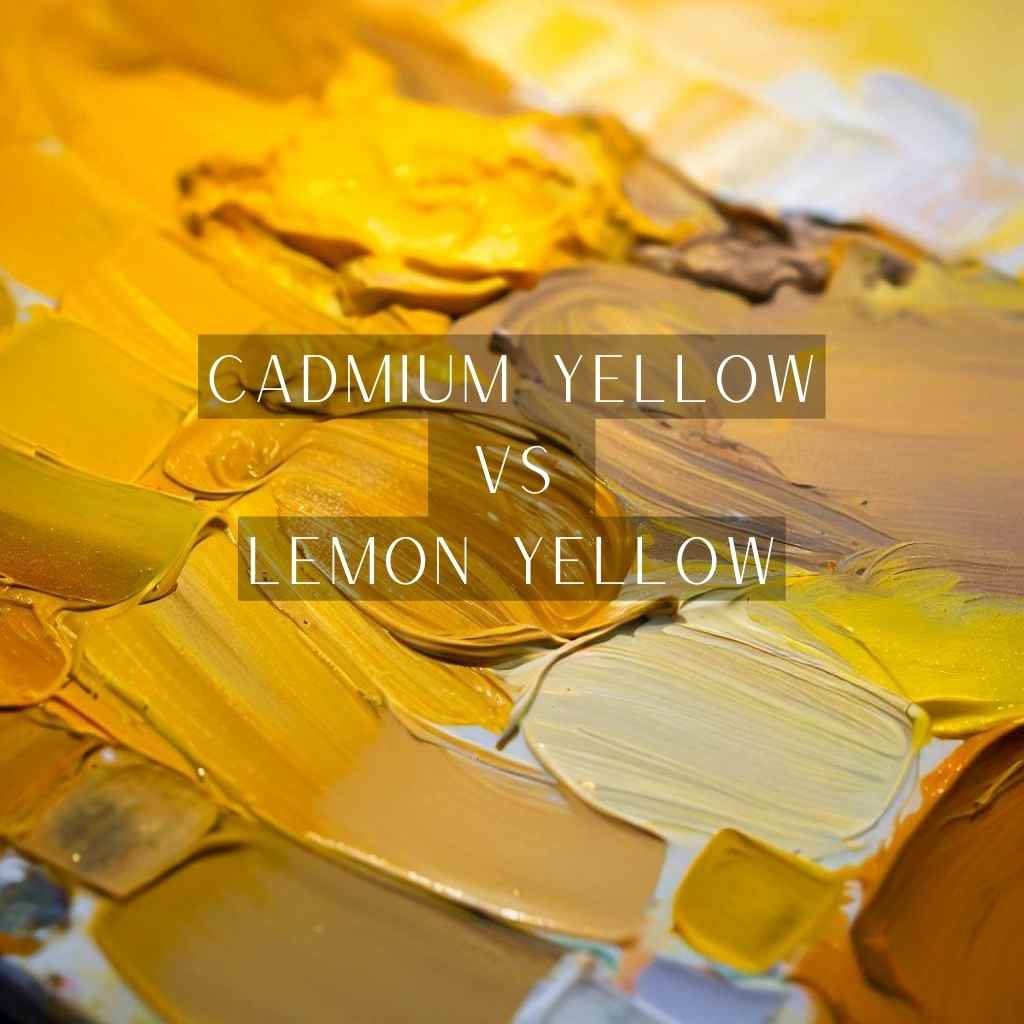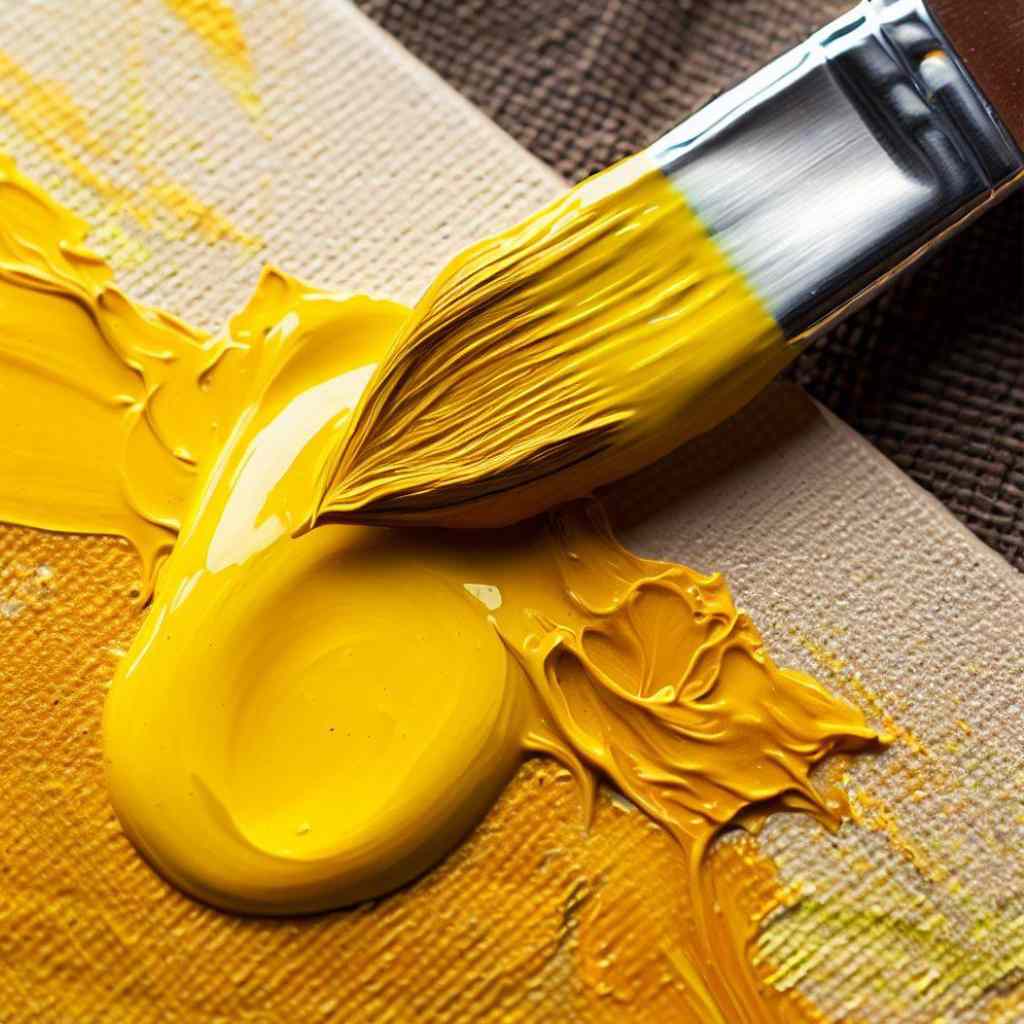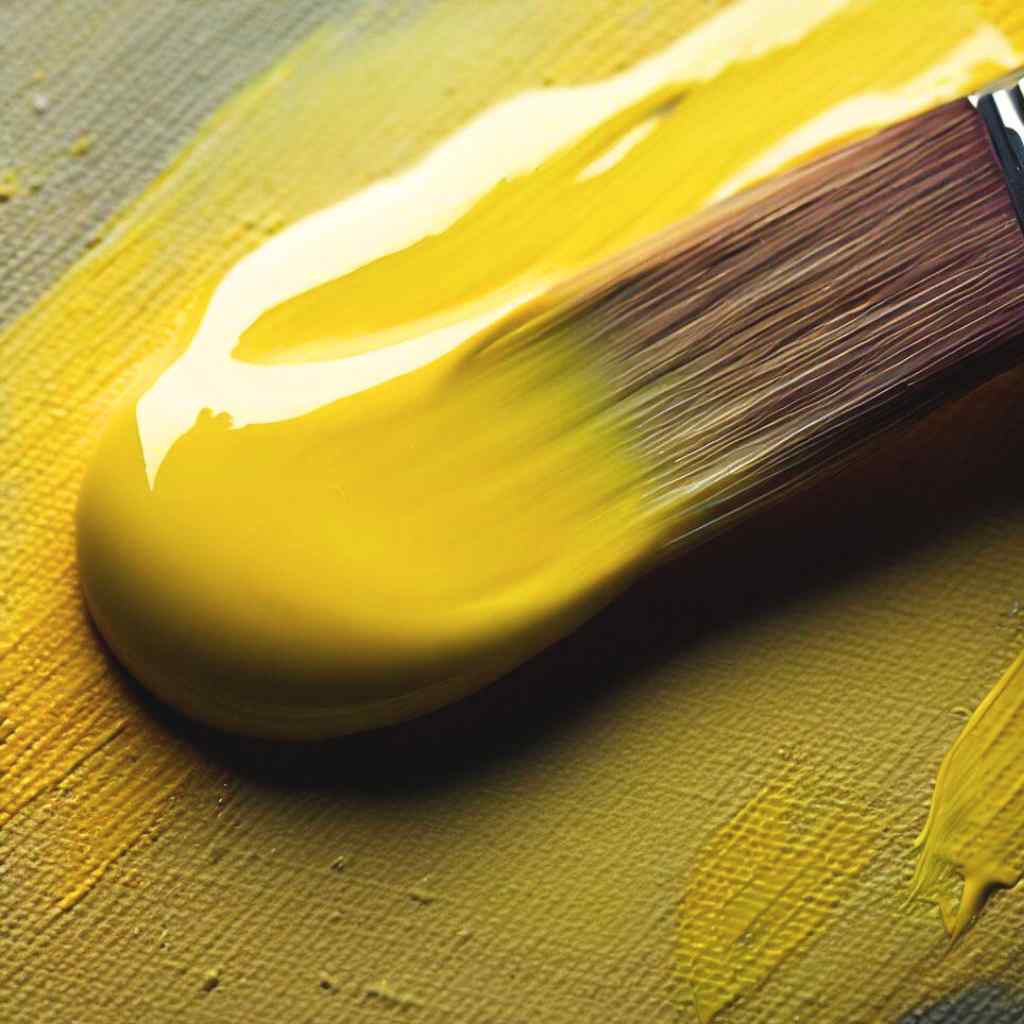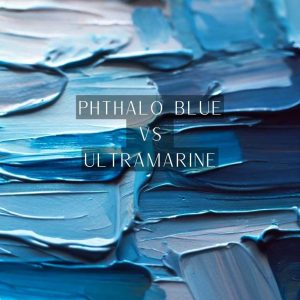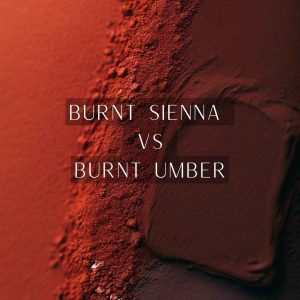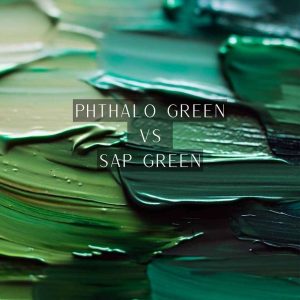In the vibrant realm of artistic expression, colors are the storytellers, whispering tales of emotion and imagination onto the canvas.
Among the diverse spectrum, a captivating showdown emerges – cadmium yellow vs lemon yellow.
As artists, we stand at the crossroads of warmth and subtlety, intensity and delicacy, each hue vying for dominance in our creative narratives.
Join us as we embark on an exploration that delves deep into the heart of this color-driven conflict, unveiling the nuances, dissecting their characteristics, and ultimately, uncovering the power they hold in the world of artistic expression.
What is Cadmium Yellow?
Cadmium Yellow, a pigment renowned for its intense warmth, has its roots in cadmium sulfide, a compound derived from the metal cadmium. Its journey from mineral to pigment involves meticulous processing, resulting in a pigment known for its vibrant coloration and lightfastness.
From the Impressionists to the Fauvists, Cadmium Yellow has left its mark on various art movements, adding vitality to landscapes, still lifes, and portraits alike.
In today’s art world, Cadmium Yellow continues to shine, finding its place in mediums such as acrylics, oils, and even digital art, bringing its rich and warm character to modern creations.
What is Lemon Yellow?
Lemon Yellow, unlike its mineral-based counterpart, is often derived from organic sources. Plant pigments, such as those found in the skins of lemons, offer a unique and subtle yellow tone that carries a delicate charm.
Lemon Yellow’s soft and gentle character finds its place in traditional landscapes, botanical illustrations, and nature-themed pieces. Its versatility extends to modern art, where it can symbolize freshness and purity.
Cadmium Yellow vs Lemon Yellow: Artistic Comparison
Amid this chromatic spectrum, Cadmium Yellow and Lemon Yellow emerge as distinct personalities, each contributing its unique voice to the artist’s narrative.
Here are their characteristics and unraveling their significance within the artistic realm-
Intensity and Opacity
Cadmium Yellow stands as a beacon of brightness due to its high chroma and opacity. This trait makes it particularly valuable for creating bold and impactful statements on the canvas.
Lemon Yellow’s transparency allows it to delicately interact with underlying layers, lending a soft luminosity to artworks. Its subtle hue is perfect for capturing the gentle dance of sunlight.
Lightfastness and Longevity
A crucial quality for any artist’s pigment, Cadmium Yellow’s ability to resist fading over time ensures that artworks remain as vivid as the day they were created.
While Lemon Yellow may possess a softer appearance, its lightfastness varies based on the specific pigment used, underscoring the importance of artist awareness in maintaining the longevity of their creations.
Visual Contrasts: Warmth and Coolness
Cadmium Yellow exudes a fiery warmth reminiscent of the sun’s embrace on a summer’s day. This intense and vibrant hue infuses artwork with energy and enthusiasm, painting emotions in vivid strokes.
In contrast, Lemon Yellow boasts a cooler demeanor, akin to a gentle breeze rustling through lemon groves. Its cool and refreshing character imparts a sense of calm and tranquility, ideal for capturing serene moments on canvas.
Mood and Emotional Resonance
Cadmium Yellow’s fiery intensity ignites passion and excitement, making it a powerful choice for artworks seeking to evoke fervor or dynamism. Its warmth can spark feelings of joy and optimism, resonating with viewers on a visceral level.
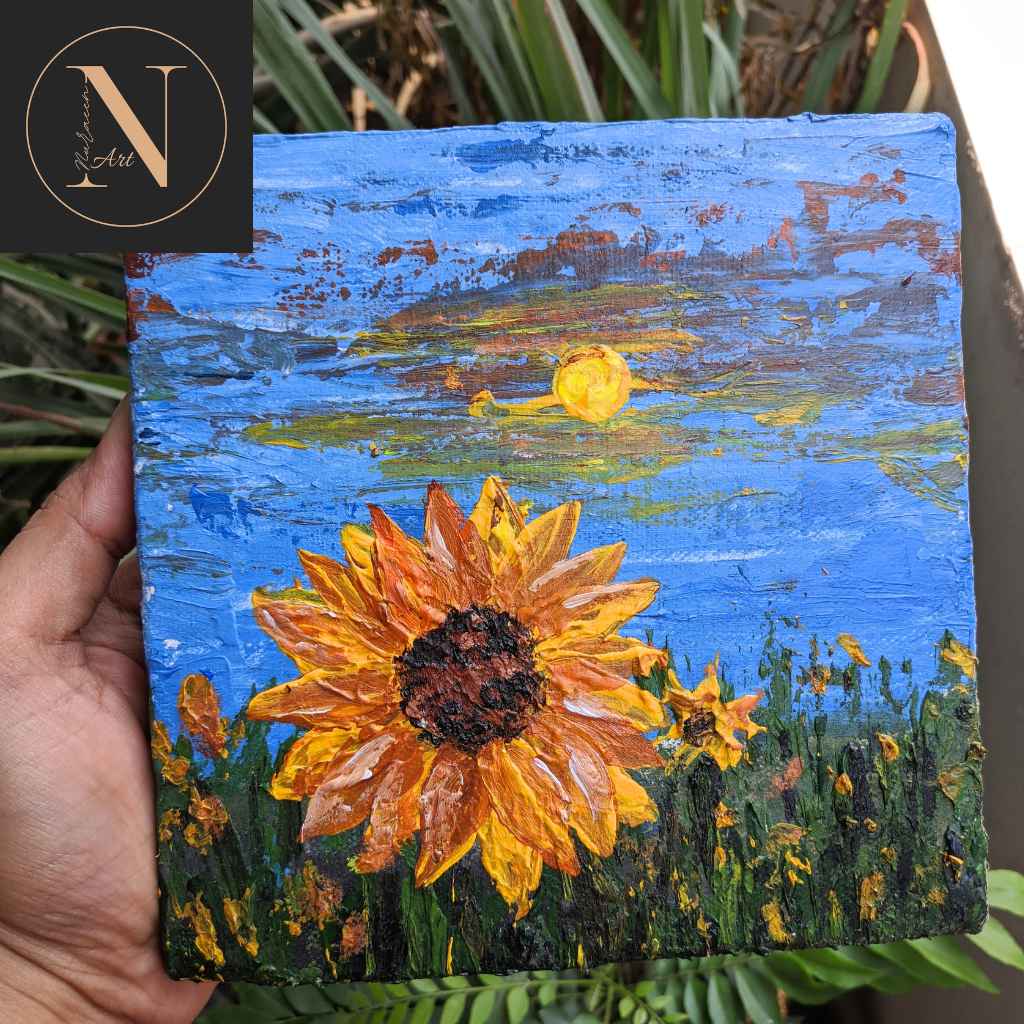
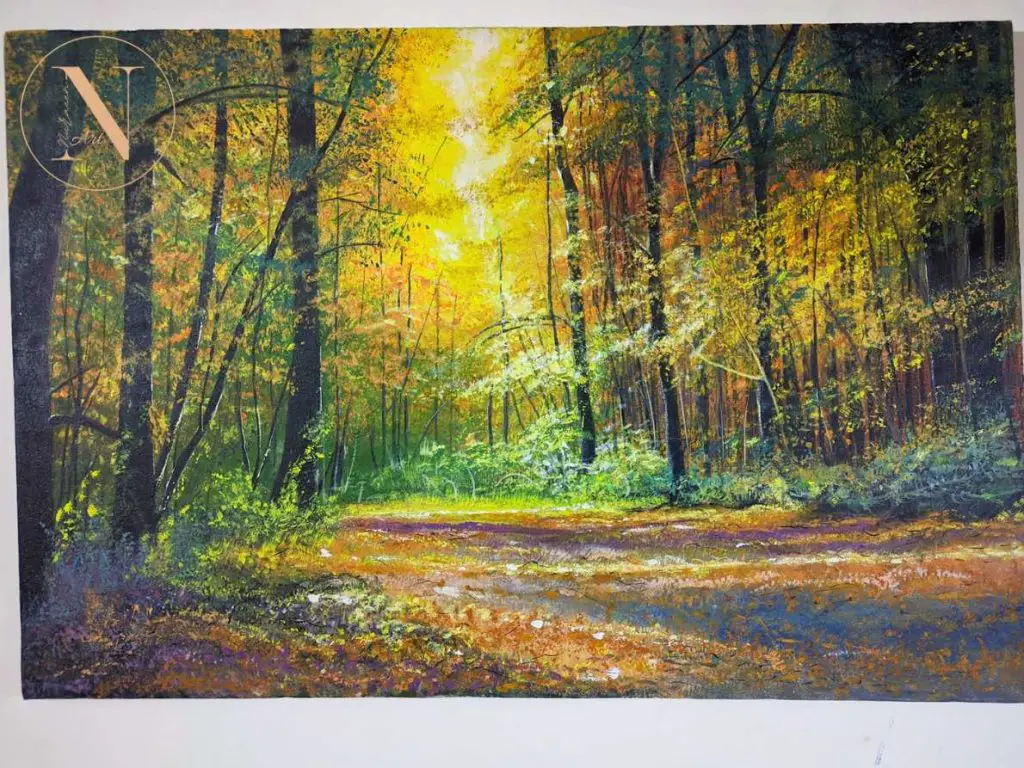
On the other hand, Lemon Yellow’s cool subtlety invites a different emotional experience. Its gentle hue conjures feelings of serenity, evoking a sense of peacefulness and equilibrium that can soothe the soul.
Suitability for Different Styles: Realism and Hyperrealism
In the pursuit of realism and hyperrealism, the choice between Cadmium and Lemon Yellows carries implications for the authenticity of the artwork. Cadmium Yellow’s intense chroma and opacity are assets for artists aiming to capture the true-to-life richness of objects.
Whether it’s the vibrant hues of a bouquet of flowers or the sun-dappled skin of a fruit, Cadmium Yellow imparts an unparalleled vibrancy that brings subjects to life. Its boldness makes it an indispensable tool for adding depth and dimension to realistic renderings.
Impressionism and Abstract Art
Shifting to the realms of impressionism and abstract art, Cadmium Yellow and Lemon Yellow adapt to new roles.
In impressionism, where capturing fleeting moments and atmospheric effects is paramount, Lemon Yellow’s delicate transparency takes center stage. Its ability to evoke gentle light and evoke a sense of airiness makes it a natural fit for conveying the essence of a scene rather than its minute details.
In abstract art, Lemon Yellow’s cool luminosity offers artists a tool for creating ethereal compositions that engage the viewer’s emotions through subtlety and nuance.
Color Mixing Potential
Cadmium Yellow, with its bold and assertive character, becomes the focal point of blends. It has the power to infuse other colors with its warmth, creating harmonious and dynamic palettes that evoke energy and vitality.
Lemon Yellow, on the other hand, is a master of collaboration. Its transparency allows it to meld seamlessly with other colors, contributing gentle undertones that enhance the overall harmony of the composition.
Depth and Dimension
Cadmium Yellow’s opacity serves as a foundation for strong focal points and highlights, grounding the viewer’s gaze and infusing the piece with vibrant intensity.
Through strategic layering and thoughtful application, Cadmium Yellow can create a tangible texture that engages the viewer’s senses.
Lemon Yellow, with its transparent nature, offers a different approach. It can be layered delicately to build nuanced shades, allowing for smooth transitions between colors and adding subtlety to the artwork.
By enabling the layers beneath to shine through, Lemon Yellow contributes to the illusion of depth, guiding the viewer’s gaze and creating an immersive visual experience that draws them into the heart of the composition.
FAQs
- Can I achieve realistic skin tones using cadmium yellow or lemon yellow?
Yes, both hues can play a role in creating realistic skin tones. Cadmium yellow can contribute warmth to highlight areas, while lemon yellow can be used for subtle undertones in shadows.
- Are there alternative names for cadmium yellow and lemon yellow in the art world?
Yes, cadmium yellow is often dubbed “cad yellow,” reflecting its vibrant intensity derived from cadmium. Meanwhile, lemon yellow is occasionally known as “primary yellow,” acknowledging its role as a fundamental hue in color mixing. These alternative names streamline communication among artists, fostering a shared language of color exploration and expression.
- Are there specific color combinations that work well with cadmium yellow and lemon yellow?
Yes, cadmium yellow pairs beautifully with deep blues and rich reds, creating vibrant contrasts. Lemon yellow harmonizes with soft greens and pale purples, contributing to serene compositions.
Wrapping Up
As our chromatic journey draws to a close, we stand at the intersection of hues and emotions, witnessing the captivating conclusion of the cadmium yellow vs lemon yellow exploration.
These colors have danced across the canvas, each brushstroke a testament to their unique qualities and the narratives they evoke. From the fierce warmth of cadmium yellow to the gentle luminosity of lemon yellow, we’ve delved deep into their impact on artistic expression.
As we bid farewell to this chromatic debate, remember that beyond the color wheel lies a universe of emotions waiting to be unveiled, each hue a brushstroke in the masterpiece of your creativity.

